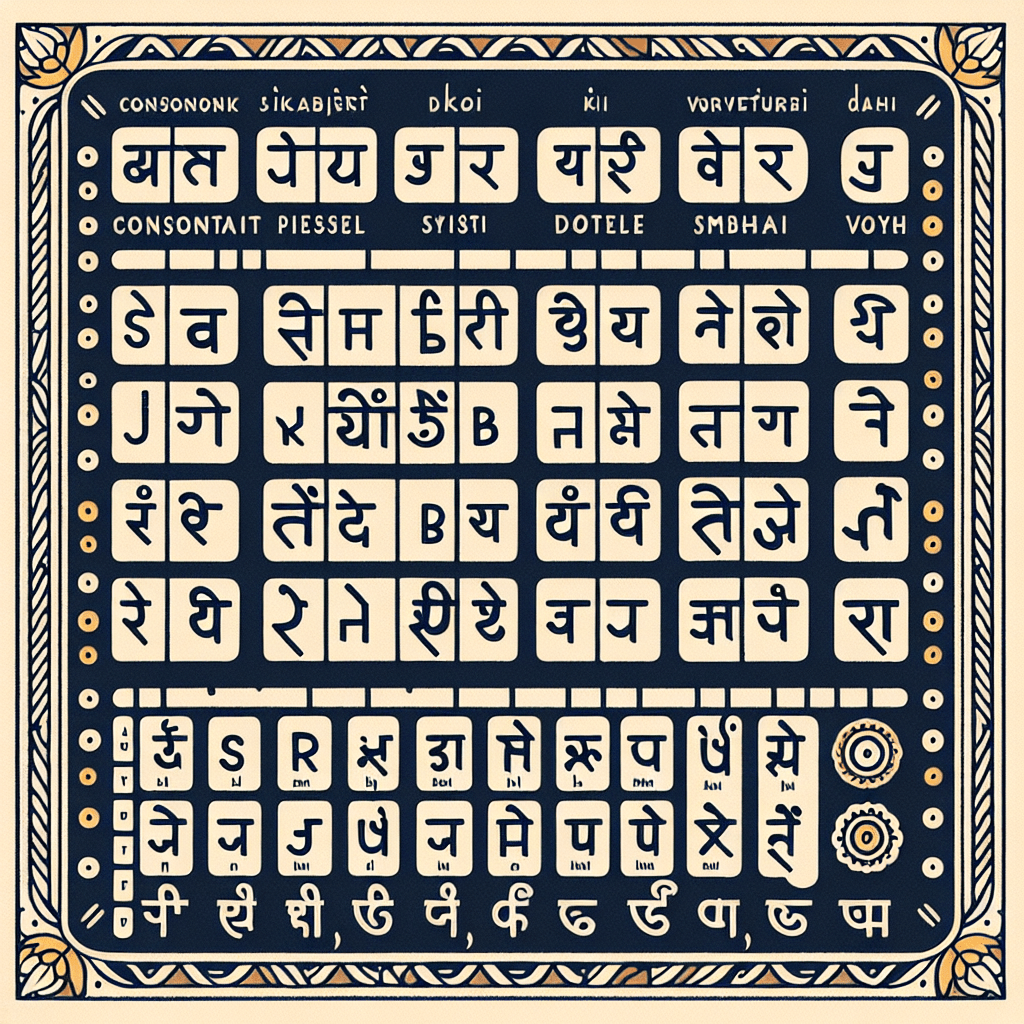Hindi is one of the most widely spoken languages in India, and it has a rich linguistic history. The language has a unique combination of consonants and vowels that make it distinctive and fascinating. So, how many consonants and vowels in Hindi language? In this blog post, we will explore this question in detail.
First, let’s define what consonants and vowels are. Consonants are the sounds in language that are produced by blocking the flow of air through the mouth using the lips, tongue, or teeth. Vowels, on the other hand, are sounds that are produced by allowing the flow of air through the mouth without any obstruction.
In Hindi, there are 33 consonants and 11 vowels. The consonants are grouped into two categories: the hard consonants and the soft consonants. The hard consonants are pronounced with a lot of force, while the soft consonants are pronounced with less force. The vowels are divided into two categories: short vowels and long vowels.
Here is a list of the consonants in Hindi language:
क, ख, ग, घ, ङ, च, छ, ज, झ, ञ, ट, ठ, ड, ढ, ण, त, थ, द, ध, न, प, फ, ब, भ, म, य, र, ल, व, श, ष, स, ह
And here is a list of the vowels in Hindi language:
अ, आ, इ, ई, उ, ऊ, ए, ऐ, ओ, औ, अं, अः
It is important to note that some of the vowels in Hindi are not used independently but are used with consonants to form syllables. For example, अ is used as a vowel with other consonants to form words such as कमल (kamal) and नमस्ते (namaste).
In addition to the 33 consonants and 11 vowels, Hindi also has two additional sounds that are not classified as either consonants or vowels. These are called matras and are used to modify the vowels. Matras are represented by small markings above or below the letters.
In conclusion, Hindi language has 33 consonants, 11 vowels, and two matras. The combination of these sounds makes it a unique and fascinating language. If you are interested in learning Hindi or just want to explore its linguistic richness, there are many resources available online that can help you get started.

